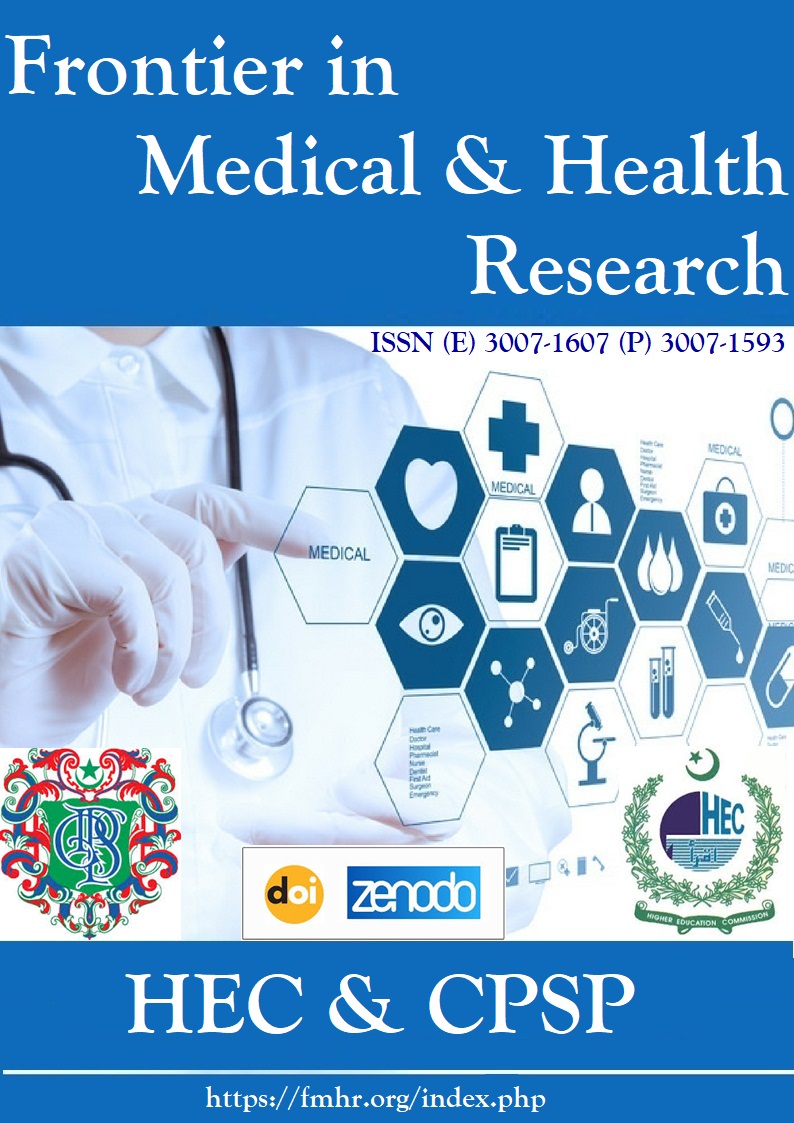Abstract
BACKGROUND: Cystic Fibrosis is a hereditary disease that mainly affects the lungs and it becomes worse with the time leading to chronic respiratory issues and infections. Early diagnosis and management are crucial to slowing disease progression. Computed Tomography Imaging is a valuable tool for assessing lungs involvement, particularly in pediatric patients with cystic fibrosis. It provides detailed visualization of lung structures and airway abnormalities, allowing for early detection of complications like bronchiectasis, hyperinflation, and atelectasis. Despite its potential, the role of CT in early diagnosis and ongoing monitoring in children with cystic fibrosis remains under-explored. OBJECTIVE: To evaluate the role of computed tomography in assessing lung involvement in children with cystic fibrosis. METHODOLOGY: This descriptive cross-sectional study was conducted at Children Hospital Lahore. Data were collected using a high-resolution 640-slice CT scanner over a period of 4 months. A total of 40 pediatric patients were selected through convenient sampling. Inclusion criteria included children aged 1 to 15 years with a confirmed diagnosis of cystic fibrosis and clinical indication for CT imaging. Imaging was performed using a multi-detector CT scanner. Data were analyzed using SPSS version 25. RESULTS: This study conducted at Children Hospital Lahore included 40 children with cystic fibrosis, mainly aged 1–15 years. Computed tomography demonstrated significant lung involvement, with bronchiectasis present in 80% of patients, hyperinflated lungs in 65%, and atelectasis in 47.5%. Additional findings included peri bronchial thickening and air trapping in 42.5% of cases each. The majority of patients also showed evidence of chest infections clinically, correlating with CT abnormalities. These results underscore the vital role of high-resolution CT in early detection, detailed evaluation, and monitoring of pulmonary changes in children with cystic fibrosis. CONCLUSION: The study concluded that computed tomography is an effective and essential tool for assessing lung involvement in children with cystic fibrosis. It detected key pulmonary abnormalities such as bronchiectasis, hyperinflation, atelectasis, and peri bronchial thickening in the majority of patients. These findings helped guide clinical management and improved monitoring of disease progression, contributing to better care for pediatric cystic fibrosis patients.
